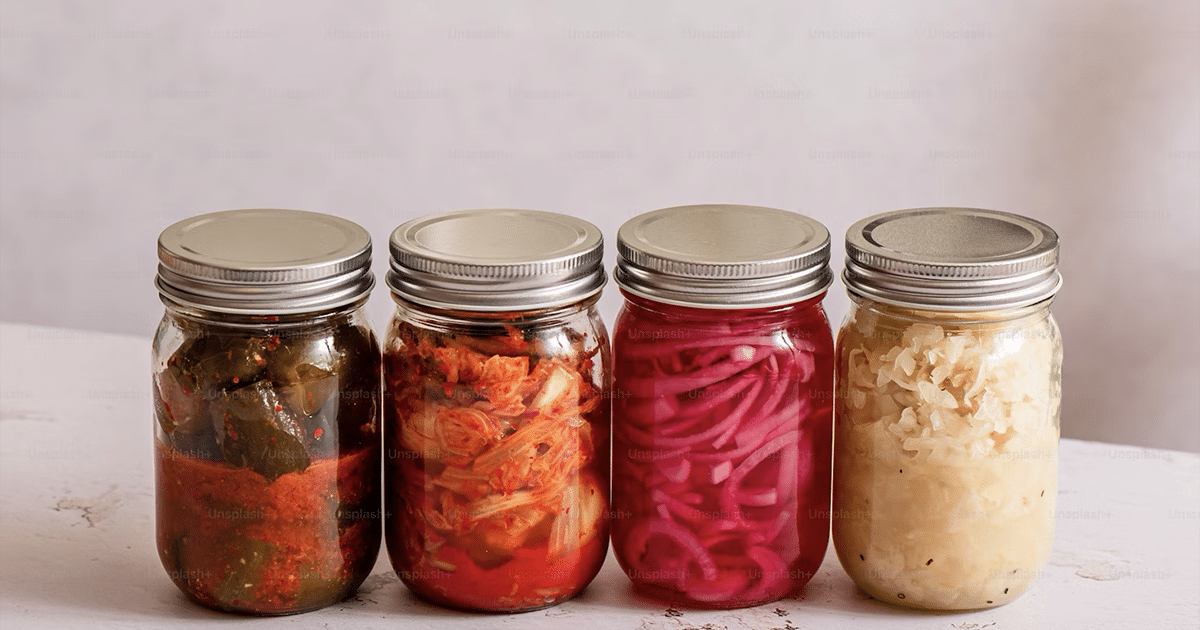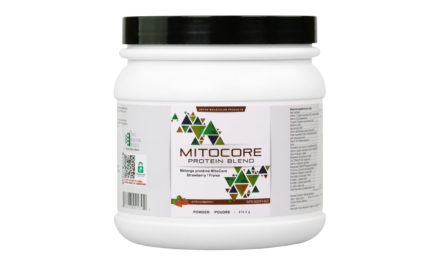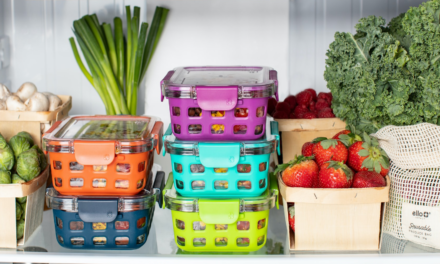Today, I wanted to focus on the gut microbiome from Professor Tim Spector, who has useful insights into how we can eat to enhance our gut bacteria. In Diary of a CEO’s podcast episode ‘Doctor Tim Spector: The Shocking New Truth About Weight Loss, Calories & Diets,’ Tim Spector speaks to the gut microbiome as an incredible pharmacy. The pharmacy is filled with a community of gut microbes that coexist in our lower intestinal colon that, when fed the right foods, produce chemicals, vitamins, and minerals that our bodies need. However, when they are not fed the right food, they will not have the same positive benefits for your health. l This blog will focus on the tips he provides concerning research he has done on gut health.
5 Things to Know to Improve Gut Health
This section comes directly from Zoe’s video called ‘The 5 things you NEED to know for better GUT HEALTH with Professor Tim Spector.’ For reference, Zoe is a company Tim Spector founded that specializes in using science to provide people with in-depth nutritional information on what foods they should be eating to improve their gut health.
The first tip is to eat more plants. Eating diverse plants of multiple colors helps you get a full range of nutritious chemicals for gut microbes. The sweet spot for optimal gut health is 30 plants a week, including nuts, seeds, herbs, spices, vegetables, and fruits. Tim recommends buying mixed species, herbs, grains, or nuts, which helps you get numerous plants quickly.
The second tip is to eat the rainbow. Ensure you have a range of colors, but Tim suggests choosing the brighter-colored plants over others and having dark, green vegetables like kale and spinach. This is similar to when I started my rabbit food-eating plan when I was first diagnosed with muscular dystrophy. Trying to get numerous colors (at least 4-5 different colors) within each meal is ideal.
The third tip is to increase your fiber intake. The simplest way to do this is to eat more whole grains, especially ones with darker colors. Beans are packed with fiber and other nutrients, so having a mix of beans within a meal can help increase fiber intake. Eating dark, green leafy vegetables that are bigger have a high source of fiber. Also, frozen peas, popcorn, raspberries, strawberries, and other berries have the highest fiber content. Tim suggests eating the skin of plants as this is where a lot of fiber is hidden. In light of this, I tried a kiwi with the skin on, which was still delicious and not as weird as I thought.
The fourth tip is to eat more fermented foods. Mixing yogurt, which has 2-3 microbes on average, and kefir, which has 10-20 microbes on average, increases your fermented food intake. Having kombucha/fermented tea can be helpful, but make sure it does not have too much sugar. Add several portions of fermented food throughout your day, through things like sauerkraut, fermented radish, fermented pickles, and kimchi. There are numerous fermented products, so experiment around and see what you like.
The fifth tip is to reduce your intake of ultra-processed foods. If you still want to snack, swap it with healthier options such as olives (high in polyphenols), popcorn, peanut butter, nuts, berries, or seeds. You can eat the rainbow with snacks by dipping it in different things like hummus and guacamole.
What does Professor Tim Spector Eat in a Day?
Another thing I thought would be helpful is to explore what Tim Spector eats in a day, which the video ‘What Does Professor Tim Spector Eat in a Day’ covers. You will notice it is more plant-based, but I have found it useful to think about what I can eat. I have taken elements of this and added things that work for me, including eating chicken, lamb, protein powder in smoothies, and eggs.
For breakfast, he has black Coffee from good dry beans dry roasted and packed with polyphenols. He will have Greek-style full-fat yogurt and kefir, mixed nuts and seeds, berries (raspberries, blueberries, and strawberries), and other fruit. Berries have the highest fiber content out of any plants and are great to have for the first meal of the day. For lunch, he will have avocado spread on sourdough rye bread with extra virgin olive oil and add paprika and tomatoes. Sometimes he will add some sauerkraut and beans. For dinner, he will fry up a mix of vegetables, such as cauliflower, capsicum (bell peppers), and broccolini, and fry up everything with red onions. He will add spices, like turmeric, coriander, cumin, and mustard seeds.
Final Insights
I hope you have found the content of the blog useful. I have been leveraging many of the tips by eating more fermented foods and having more variety in my plant intake. While I always tried to eat the rainbow, I have been more enthusiastic about it recently. Luckily, I have been limiting ultra-processed foods for a while now, so this is less prominent for me. I recommend trying your best to have more variety in your meals and following these tips, as I have already seen an impact on my energy levels and sleep patterns.





